Innovation and Impact at UTD’s Texas Biomedical Device Center
Dr. Michael Kilgard and colleagues blazing a new trail in brain-based therapies
By Patti Otte
When Mike Kilgard was young. he spent a lot of time in nature and called the water near his house the “bayou” It was little more than a drainage ditch, but it abounded with fish, turtles, snakes. insects and birds and the experience of growing up near “the bayou” sparked within him a lifelong curiosity about the natural world and all its wonders. States Kilgard. “Every day I was there. I would see something different and learn something new. My mom was a teacher and my dad was an engineer and both encouraged my interest in unsupervised exploration.”
Fast forward decades and that same inquisitive, adventurous young man is now Michael Kilgard, Ph.D.. Margaret Fonde Jonsson Professor of Neuroscience in the School of Behavioral and Brain Sciences at The University of Texas at Dallas and executive director and chief science officer of the Texas Biomedical Device Center at UTD. Dr. Kilgard and his team are pioneers in the field of vagus nerve stimulation (VNS) as a means of rewiring neural circuits to improve recovery from serious psychiatric or neurological conditions.
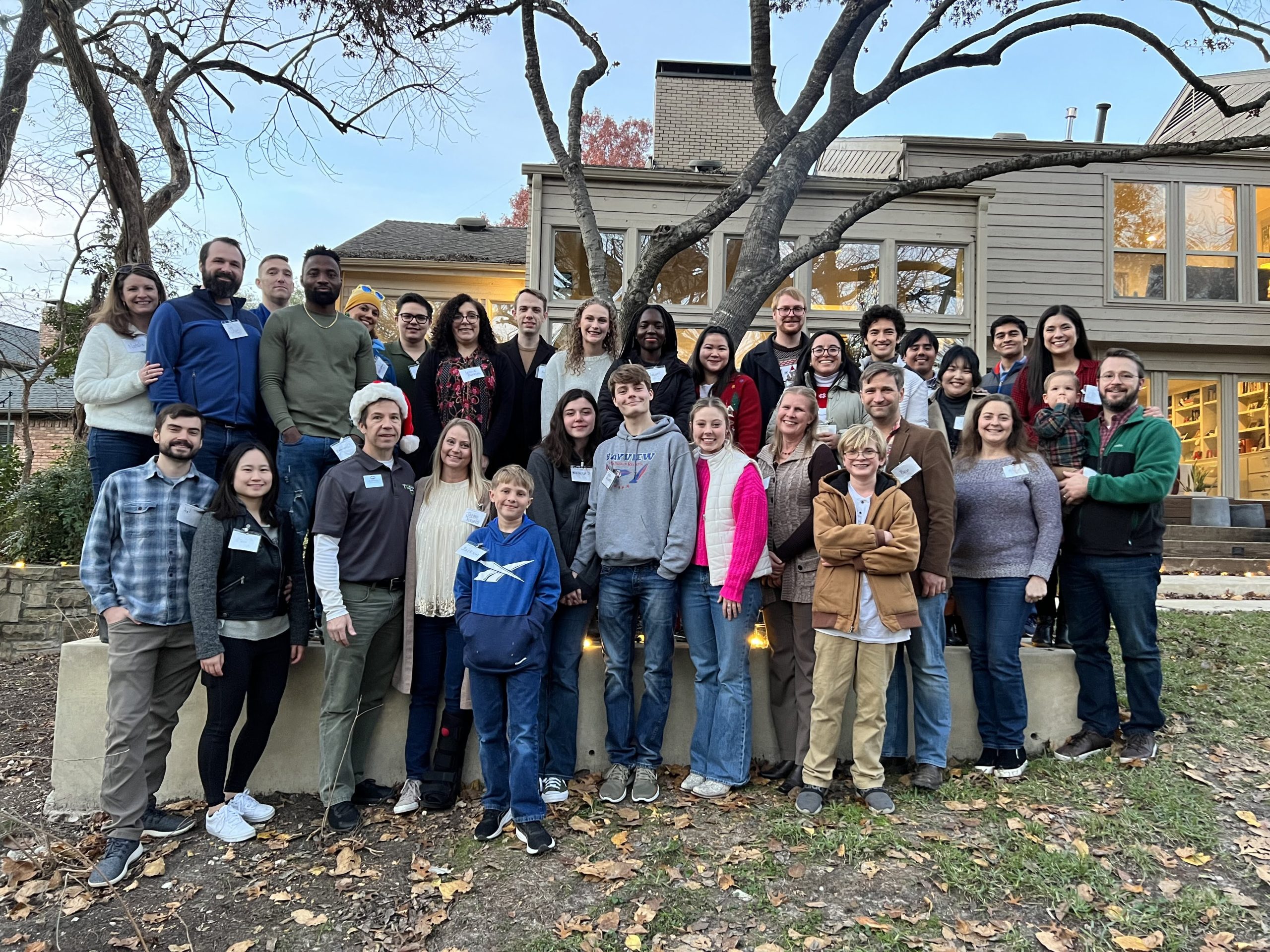
The TxBDC crew and Dr. Kilgard’s family enjoying the holidays together.
THE TEXAS BIOMEDICAL DEVICE CENTER AT UTD
In 2012 UTD’s Texas Biomedical Device Center (TxBDC) was established thanks to generous donations from Texas Instruments and a private donor Since its inception, TxBDC colleagues have ‘published more than 100 peer- reviewed publications, participated in multiple successful clinical trials for Targeted Plasticity Therapy, spun out four new advanced biomedical technologies to manufacturing companies, and generated an additional $25 million in funding.” according to the university.
A recent interview with Dr. Kilgard shed new light on his personal interest in brain-based therapies and their remarkable potential for treating neurological injuries and diseases.
Otte: How did you become interested in developing new tools for treating people with neurological and psychiatric disorders?
Dr. Kilgard: This is very personal for me. I’ve known people with nearly every neurological and psychiatric disorder-psychosis, addiction. depression. Alzheimer’s, spinal cord injuries, strokes-either as family. friends or colleagues. Although these disorders were once thought to stem from specific genes or brain regions. this turned out to be wrong. These conditions aren’t about chemistry. they’re about wiring problems, which are potentially changeable.
Otte: Please help our readers understand in layman’s terms the technology and devices you have developed.
Dr. Kilgard: Teachers, therapists. mentors, pastors, and friends help us rewire our brains every day through human connection and interaction. Unfortunately, sometimes the brain gets stuck and we cannot make the needed changes to be fully healthy. Scientists and doctors are developing new tools to help us get through these situations.
Reducing disability is our primary focus and the vagus nerve is our primary tool for brain-based therapies as it connects to all the body’s o organs and promotes relaxation. When you stimulate the part of the vagus nerve that connects to the brain, it briefly activates the brain. The brain momentarily perceives a disconnect. triggering a brief burst of chemicals in the brain lasting only half a second. These chemicals help the brain to change its wiring.
Unlike prolonged effects from substances like amphetamines, this short burst signals to the brain that something significant has occurred. It doesn’t feel rewarding or aversive but does prompt the brain to adjust and pay attention. These chemicals are crucial for forming new memories, learning skills and creating new neural connections.
“Teachers, therapists, mentors, pastors, and friends help us rewire our brains every day through human connection and interaction. Unfortunately, sometimes the brain gets stuck and we cannot make the needed changes to be fully healthy. Scientists and doctors are developing new tools to help us get through these situations.”
-Dr. Michael Kilgard
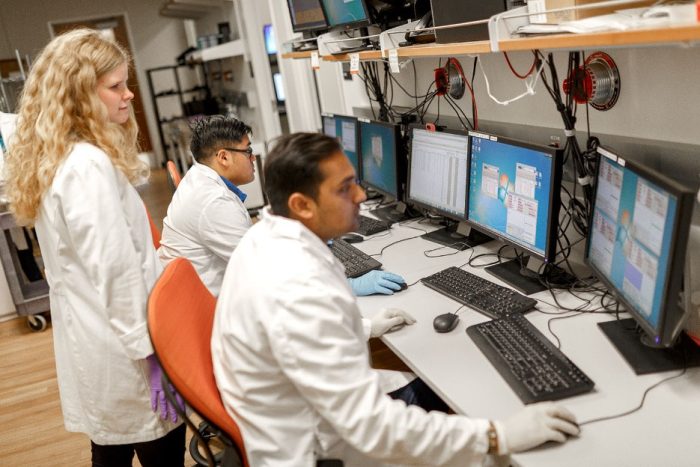
Researchers hard at work at TxBDC
Our team has developed implantable vagus nerve stimulators that reward the brain when someone does the right thing, such as staying calm, moving their hand or holding a memory longer.
Otte: What is the status of this technology and how is it used in real-life applications?
Dr. Kilgard: The first generation of our vagus nerve stimulation system, called Vivistim, was invented at UTD and is now being used in an FDA-approved treatment to help stroke patients. These FDA-approved Vivistim devices are now made by a company called 30 RICHARDSON LIFE MAGAZINE
MicroTransponder. Inc.. which is a UTD spinoff company.
At TxBDC, we have created a vagus nerve stimulator that is 50 times smaller than the Vivistim, making it cheaper. easier to implant and more comfortable. These improvements are key to scaling this technology to tens or hundreds of thousands of people with serious conditions. Experimentation involves patients getting the implant and then working with a physical therapist who evaluates what they can do, focusing on small movements they can manage such as partially turning their hands. The therapist stimulates the nerve when
they exceed their personal baseline. with the goal of eventually turning their hand fully. for example.
We have also developed a device that measures movement-like how hard someone squeezes or turns their hand-and provides feedback directly to specific neurons. This allows at-home therapy that can target and strengthen the neurons active during correct movements, much like perfecting a tennis serve or violin note, to drive better performance and recovery.
Otte: How is your work game-changing for the field of brain-based therapies?
Dr. Kilgard: The key innovation is shifting the focus from brain areas-of which there are only a few hundred-to individual synapses, of which there are trillions. It’s a big change in perspective. Our goal is to enable targeted rewiring of the specific parts of the brain that are malfunctioning, without affecting the healthy parts. This is an incredibly challenging task that took us 30 years to figure out. Now that we have the technology platform, we can explore how to use it to change the nervous system in a variety of conditions On a side note, many, many scientists study how the brain changes with learning. My Ph.D. advisor Mike Merzenich is sometimes called the father of brain plasticity. The work on vagus nerve stimulation to enhance recovery from stroke, spinal cord injury and PTSD all began with rat studies right here in Richardson.
Otte: What’s unique about your approach to this research and technology development?
Dr. Kilgard: We challenge traditional clinical methods by prioritizing personalization and collaboration with participants. Unlike the straightforward “fix a broken process with a pill” model of biochemistry, our research acknowledges that brain function is
xBDG team enjoying time outside the lab
deeply individual. Each person has unique goals, challenges and needs. so the focus shifts to identifying and rewiring circuits that help participants achieve their aspirations.
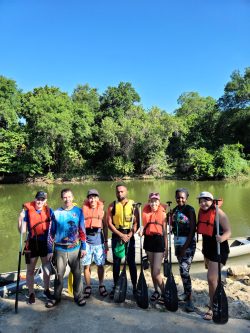
TxBDC team enjoying time outside the lab
Our team has worked with more than 20 different hospitals and medical schools across the US and UK in developing our therapies. And now. our personalized approach is fostering collaboration between patients and clinicians at Baylor University Medical Center in Dallas, making therapy more effective. By focusing on changing neural connections rather than unchangeable factors like genes or past advances in brain-based therapies? injuries, our work aims to revolutionize how therapists help patients achieve meaningful and lasting improvements.
The interdisciplinary nature of this work is key. At the Texas Biomedical Device Center, engineers, clinicians, biochemists and students collaborate closely, often within 50 feet of each other, to design devices, study animal models and engage with patients. This tight integration fosters innovation and ensures that ideas flow freely across disciplines. For me, it’s all about caring for people with real needs. When you focus on treating actual conditions, it forces you to do very practical useful things. This has exposed new biology and opened our minds regarding the mechanisms at work. My focus on translation has deepened my understanding of the basic science. making it even more meaningful.
Otte: What are some of the next
Dr. Kilgard: Our brains are complicated and it’s going to take us time to figure out how to prevent someone from being psychotic or depressed or unable to move his or her hand. We’re currently carrying out a randomized controlled trial examining vagus nerve stimulation for post-traumatic stress disorder in which both groups receive psychotherapy. but only half get vagus nerve stimulation. The other half get the same psychotherapy without activating the vagus nerve.
We’re also testing the technology’s use in spinal cord injuries and exploring its potential for other conditions, such as multiple sclerosis and treatment- resistant depression while continuing to advance the basic science.
Otte: On a personal note, what is your connection to Richardson?
Dr. Kilgard: My kids were born and raised in Richardson. I go to church in Richardson. I walk in the creeks of Richardson and play disc golf in Richardson’s Breckenridge Park. I have a zero-stoplight commute to work. I lived in San Francisco for many years and liked the mild weather and beauty of the coast, but I love the ease of living and close community I have in Richardson. I love seeing the waterfall on Prairie Creek every day as I head into work. Be sure to check out the new museum on UTD’s campus. It is BEAUTIFUL. a real gem for UTD and Richardson. It’s also hard to beat the cost free.
To learn more about Dr. Kilgard. Vivistim technology and the exciting innovations happening at the Texas Biomedical Device Center, visit: txbdc.utdallas.edu/news.utdallas.edu/ health-medicine/da-vs-stroke-rehab-
therapy-2021/or https://www.vivistim.com/ vivistim-victories/
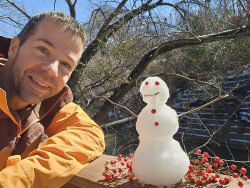
Dr. Kilgard and his snowman masterpiece

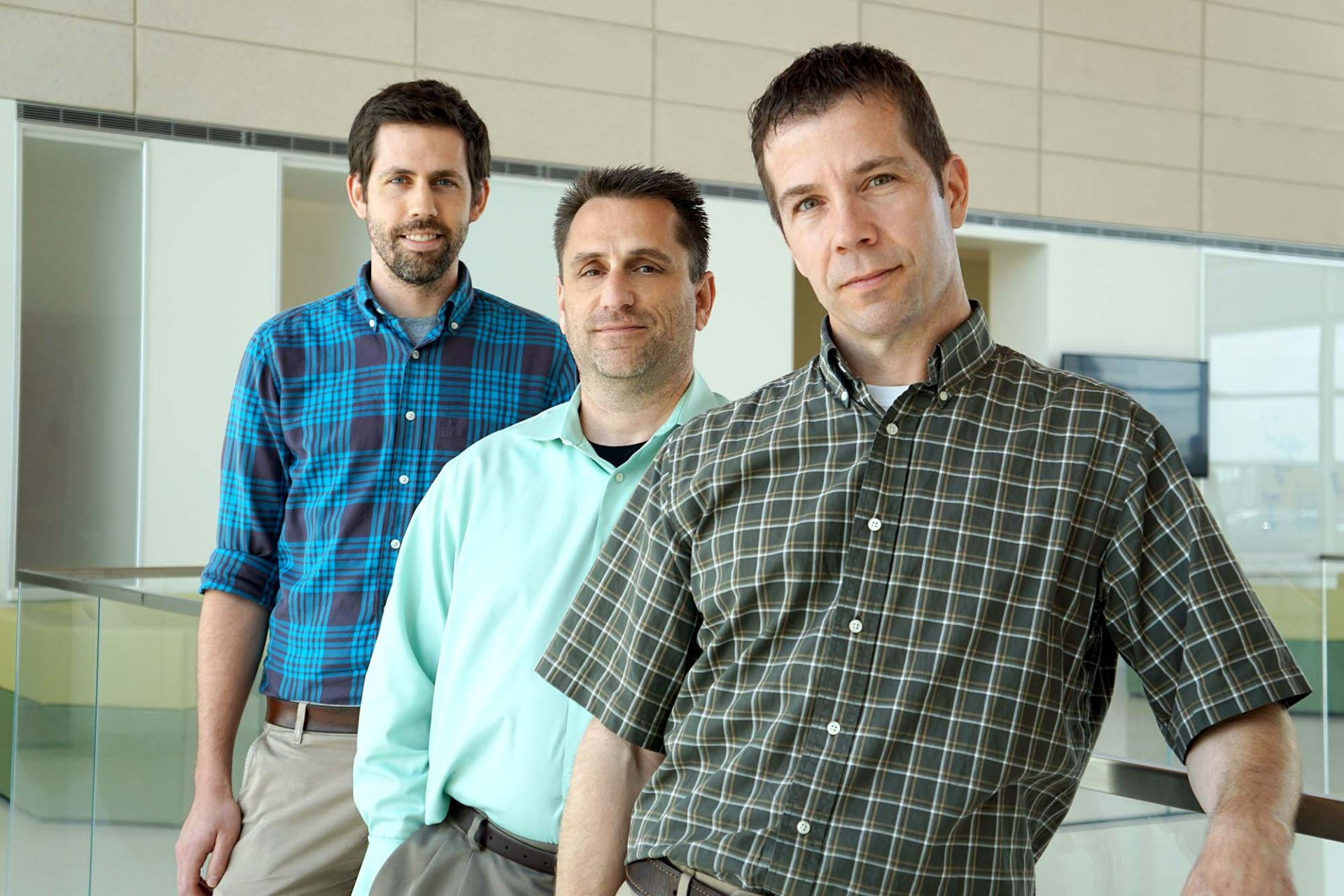
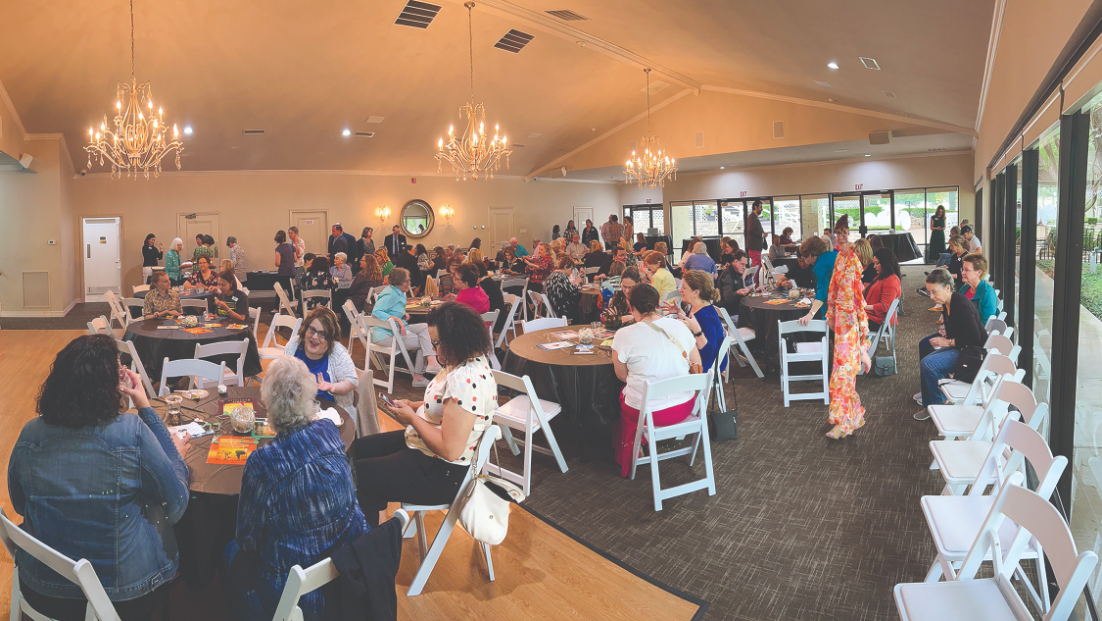
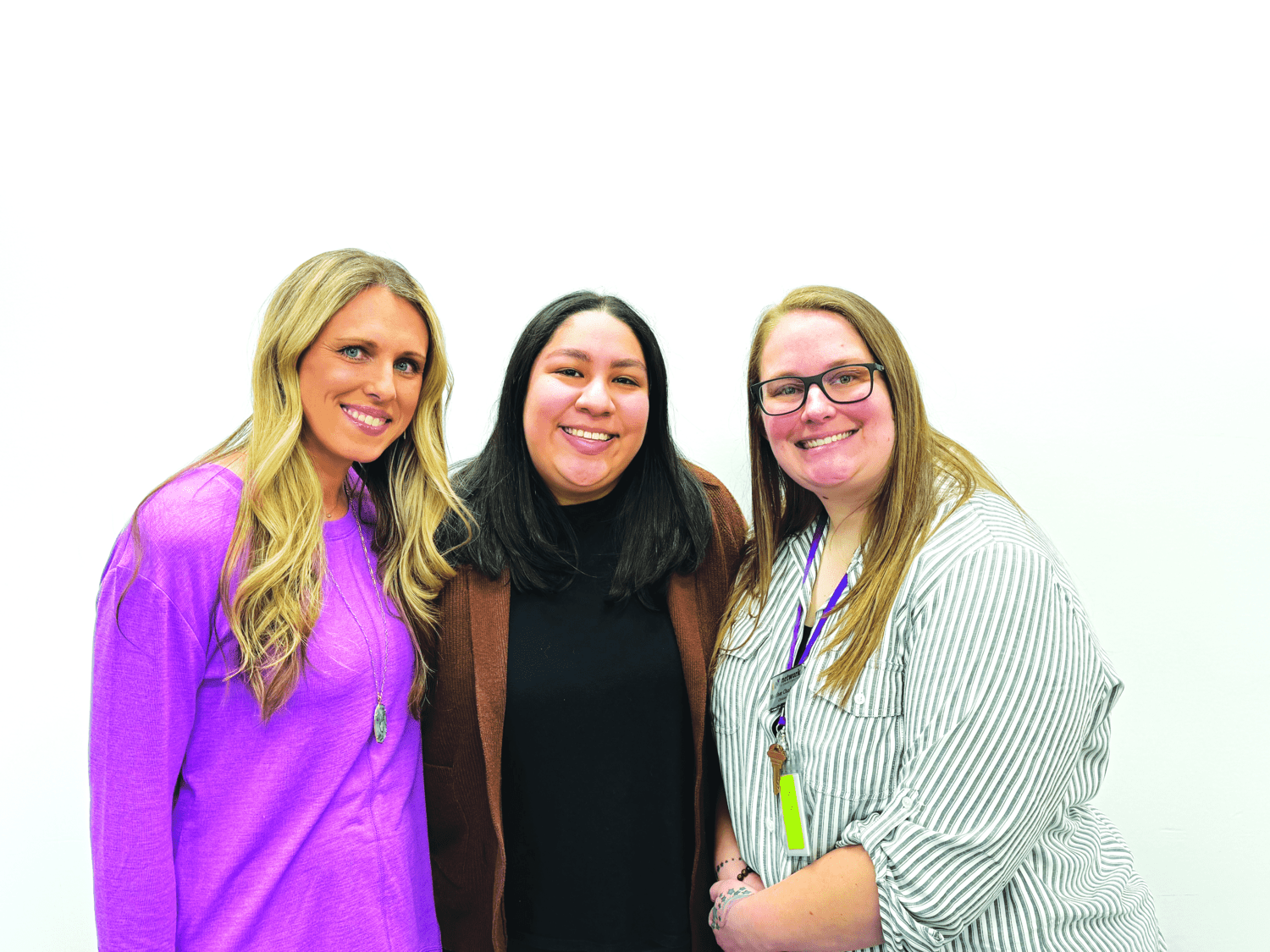
0 Comments